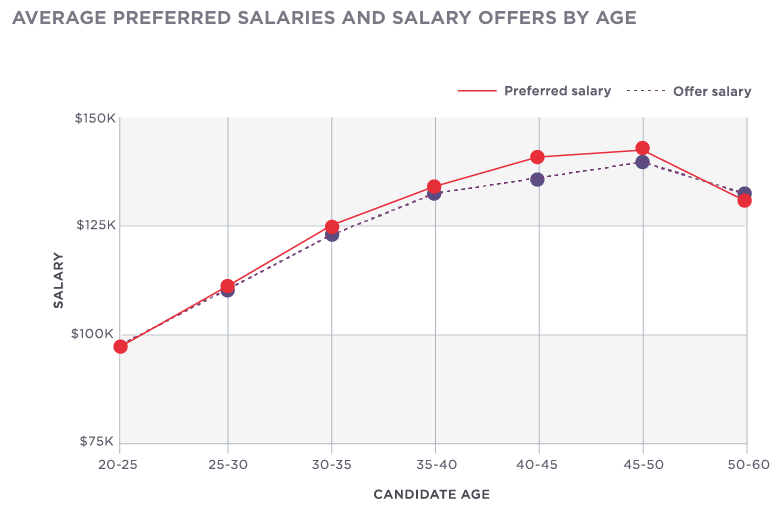Recruitment Marketing is one of the hottest concepts on the planet right now! We all have the exact same issue right now and that’s being able to attract the right talent to our organizations.
Employment branding took off a few years ago as we came out of the great recession and there are some great things that have been happening in that space. Recruitment marketing, though, is a bit different than employment branding.
What’s the difference between Recruitment Marketing (RM) and Employment Branding (EB)?
- EB is who your are. RM is your complete message you want to get in front of candidates.
- EB comes first. RM comes next, and it’s all the technology and process it takes to get that message in front of candidates in a space and a time when they’re ready to consume that message.
- You own your RM. You don’t always own your brand. Many times outside influences have part ownership of your brand, but they’ll never own your RM!
This isn’t a competition between EB and RM, you actually need to do a great job at both! You also need to understand the differences between the to, as you could be great at one, and bad at the other.
I’m part of a group of Recruitment Marketing leaders who decided to get together in a space where we could all share our knowledge of RM. This group first came together last year at the recruitment marketing conference Transform in Boston.
We wanted to find a way to keep the conversation going all year, so we’ve decided to start the Facebook Group: Transform Recruitment Marketing Facebook Group.
Come join. It is a ‘closed’ group, just because we want to make sure it doesn’t turn into a spam group, but you can be assured myself and Shaunda Zilich (Employment Branding Leader at GE) will approve you to join the conversation!
What can you expect from this group?
– Connecting with great talent acquisition folks from around the world, willing to share their successes and their failures, helping us all get better at attracting the talent we need.
– Me sharing the latest and greatest things I find on the planet as it relates to the recruitment marketing world.
– A willingness from all the members to interact and share.
So, come check it out, we just launched this week. I can’t wait for the conversations to begin!

